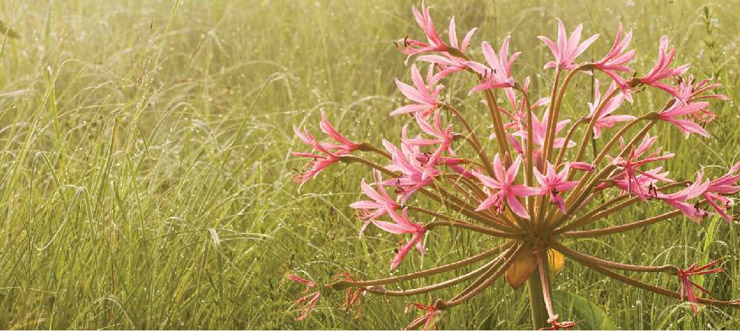Giants Castle
Hand Picked Accommodation in the Giants Castle region
|
|
Giant’s Castle Nature Reserve
derives its name from the
outline of escarpment peaks
that together resemble the
massive motif of a sleeping
giant. Nestled on a plateau,
high above the deep valleys of
the southern end of the central
Drakensberg, it is home to
the eland and to the bearded
vulture, which is also known
as the bone eater of the Berg.
The terrain consists of clear
mountain streams with bushy
banks, steep grassy slopes,
secluded pools, wetlands,
hidden valleys, sandstone cliffs
and towering precipices and
buttresses. Spectacular San
rock art proliferates.

Giants Castle Nature Reserve
The magnificent eland is the
largest antelope in the world.
In days gone by herds roamed
the Drakensberg foothills
and formed a major part of
the San diet. The population
remained stable until the
influx of European settlers
into the region. Unfortunately,
unrestricted hunting took its
toll and by 1890 it was reported
that there were only 27 eland left
in the district. This calamity led
to the proclamation of Giant’s
Castle, the first wilderness area
in the Drakensberg. Happily,
today herds in their hundreds
can be seen grazing peacefully
along the grassy banks of
mountain streams.

Giants Castle
If treated with caution and
respect, snakes can be fascinating
reptiles. Some 24 species are
found in the Drakensberg region;
three of these are life-threatening.
The sluggishly lethal puff adder
and deadly poisonous rinkals
are seldom encountered in the
high areas, preferring farm and
grasslands. Fortunately they are
highly coloured, so fairly easy to
see. The mildly poisonous berg
adder is endemic to the higher
reaches and responsible for most
snake bites owing to its expert
camouflage. The less poisonous
night adder is common in
forested areas. Most common is
the slender skaapsteker, which is
harmless to humans.

Drakensberg wild flowers - Brunsvigia
|
